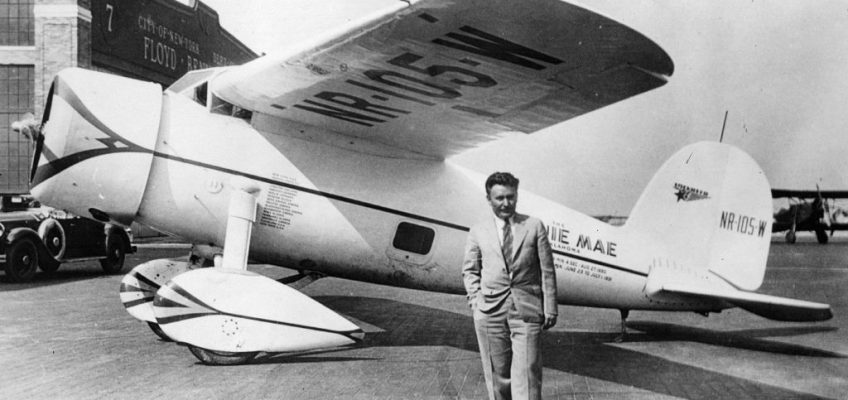Regarding the latest public-program fraud allegations, these questions come to mind
In reading the article in the July 17 issue on the investigation into the fraud against Minnesota’s Housing Stabilization Program, it seems to me that the focus in this and the previous fraud cases that have been in the news has been on identifying and then prosecuting fraud. This seems to me an after-the-fact type of approach. What efforts are put toward reducing the risk of fraud in the first place?
Specific questions that come to my mind from reading this article include the following:
— When new programs such as this are developed, are specific guidelines and rules put in place prior to launch? If so, who is responsible for doing so – the Legislature as part of the bill, or the executive as part of the administrative function?
— In the case of the Housing Stabilization Services Program, were any requirements put in place for those offering to provide services, or required qualifications, or any attempt to identify likely service providers? Any effort to verify providers who enroll in the program prior to providing reimbursement?
— Per the article, spending over a 16-month period ran approximately six times the estimated rate ($22 million or $1.375 million/month versus estimated cost of $2.6 million/year or $217 thousand/month), and that’s just the spend on the 14 providers in the warrant. Who is responsible for tracking program spending? Is that the state responsibility as this is a Minnesota specific program, or left to the federal Medicare program?
It seems to me some increased attention to controls prior to program launch is warranted if we are going to address the fraud problem the U.S. Attorney cites in the article.
John Stephani, Burnsville
The land of million dollar frauds (allegedly)
Well it seems like déjà vu all over again. Minnesota’s become the land of million dollar frauds (allegedly). Didn’t we just have one about feeding our kids, where no one got fed, except the fraudsters? Now in the news, “Federal agents raid suspected housing fraud”.
Why is Minnesota the talk of the country again for all the wrong reasons?
In the past, news about Minnesota was no more than a picture of Wendell Anderson holding a fish, on the cover of Time Magazine. Has Minnesota Nice becoming Minnesota Easy, as in easy money? A state program to help people find housing was helping no one find anything, except scammers, who apparently found the source of a lot of money. The program started in 2020 and was expected to cost a little more than $2 million a year, but by 2024 had cost $104 million. Say what? Who was in the charge of that state checkbook? Did they think the swelling cost was a good thing? That runaway spending was considered a measure of success? Or that the state coffers leaking like a colander is no big deal?
Apparently legislation has been passed to limit these abuses but I have one more suggestion. If a program costs four times or more than what was expected, stop writing checks until valid verification is confirmed.
I don’t expect much will change, I just rather wish Minnesota had remained more known for fishing than fraud.
Bob Emery, Mendota Heights
Differing priorities, each defeating the other
Your report headlined “Rice Creek project on hold again,” from the layperson’s point of view, is yet another example of the failure of governing authorities to fulfill their responsibilities. With respect for the intricacies of such a major project, it has the appearance of differing priorities, each defeating the other.
Is this a housing and business development site? Is it a “green haven,” sort of a public park tied to private land?
Perhaps, written somewhat tongue in cheek, you can join with the state and develop the entire 437 acres into a regional park, a place where nature is preserved, everything is “green” and balanced, and then allow folks from across the state and country to come to enjoy it. Sort of the opposite of the Mall of America.
I really do mean the best to the governing authorities and urge you to finish your work.
Dave Racer, Woodbury
A voice of sanity
Related Articles
ML Cavanaugh: We desperately need a dose of ‘Truth, Justice, and the American Way’
Jonathan Levin: Powell’s caution on tariff-driven inflation is right
David Brooks: America’s response to the new Cold War is weak and self-defeating. We can do better
John Lawrence: Uncle Sam wants you … to rat on national parks that reflect true history
David Mastio: Democrats will regret their Epstein Files glee
Once again your columnist Ed Lotterman is a voice of sanity. If only our U.S. Congress members would read and heed his words. Our country is being destroyed from within (as Khrushchev predicted many years ago) by a Congress who either stand by wringing their hands or willingly support a corrupt president. At what point will people wake up and see that the emperor has no clothes? I thank God that there are still a few people like Mr. Lotterman who will speak the truth
Carole Mulcahy, South St. Paul




